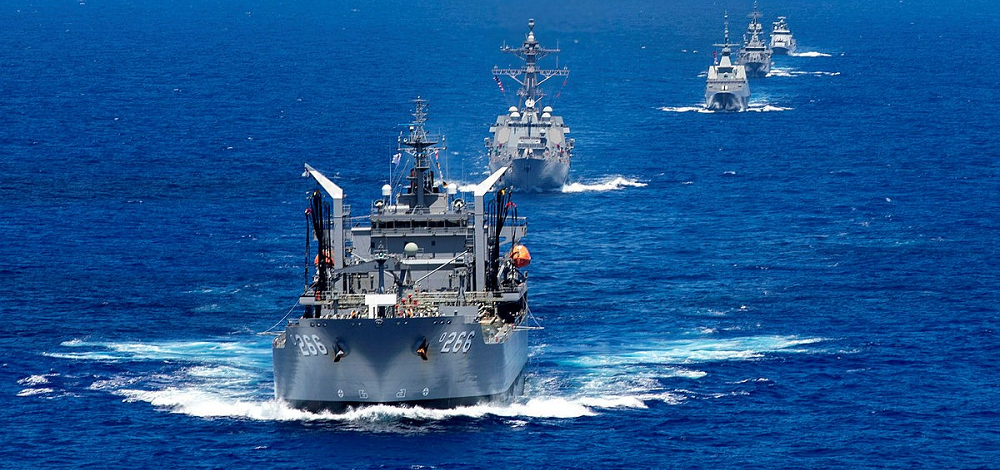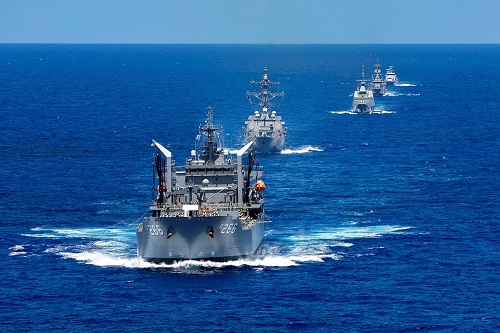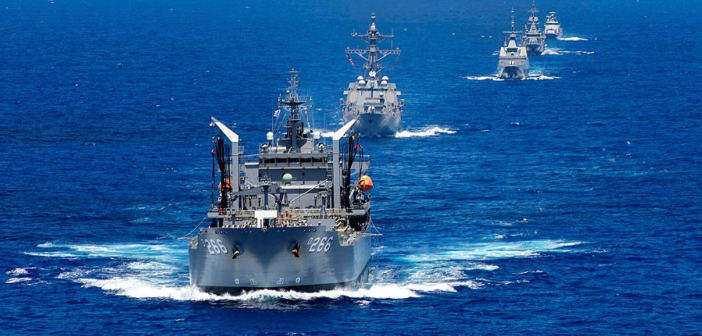
Four Royal Australian Navy vessels and almost 700 Australian Defence Force (ADF) personnel have arrived in Hawaii ahead of two weeks of training involving 10 nations during Exercise Rim of the Pacific 2020 (RIMPAC).
Minister for Defence, Senator the Hon Linda Reynolds CSC said Australia’s participation in this year’s RIMPAC exercise reflects our close alliance with the United States and the strength of Australia’s military relationships with its regional defence partners.
“As outlined in the recent 2020 Defence Strategic Update and Force Structure Plan, the Government recognises the importance of our maritime forces as a vital element of our defence strategy, and exercises such as this are key to further enhancing our capabilities,” Minister Reynolds said.
“Ranging from multinational anti-submarine warfare to supporting joint humanitarian operations, by working with others – bilaterally, regionally and multilaterally – Australia can contribute to a more secure, stable Indo-Pacific region.”
RIMPAC 2020 will be an at-sea-only event due to COVID-19 restrictions, in order to ensure the safety of all participating military forces.
Commander of the Australian Contingent, Captain Phillipa Hay CSC, RAN said RIMPAC Is the pinnacle of high-end military exercises.
“RIMPAC is a real test of Australia’s maritime military capability, from warfighting exercises to the missile firings,” Captain Hay said.
 HMA Ships Hobart, Stuart, Arunta and Sirius, which have recently been part of a regional deployment through Southeast Asia, will take part in RIMPAC.
HMA Ships Hobart, Stuart, Arunta and Sirius, which have recently been part of a regional deployment through Southeast Asia, will take part in RIMPAC.
This will be the first time the Hobart-class guided missile destroyers have participated in RIMPAC.
Ten nations, 22 surface ships, one submarine, multiple aircraft, and around 5,300 personnel will participate.
This year’s exercise includes forces from Australia, Brunei, Canada, France, Japan, Republic of Korea, New Zealand, the Philippines, Singapore, and the United States.
Participating forces will exercise a wide range of capabilities, such as multinational anti-submarine warfare, maritime intercept operations, and live-fire training events, among other cooperative training opportunities.






